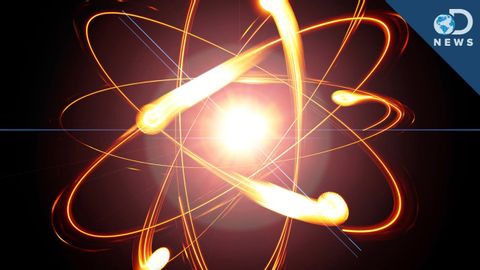
Subtitles & vocabulary
We're Close To Harnessing Nuclear Fusion
00
Jack posted on 2015/08/14Save
Video vocabulary
create
US /kriˈet/
・
UK /krɪ'eɪt/
- Transitive Verb
- To make, cause, or bring into existence
- To cause something to happen; to give rise to a particular situation or state.
A1
More fuel
US /ˈfjuəl/
・
UK /'fju:əl/
- Transitive Verb
- To give power to (a mob, anger, etc.); incite
- To provide gas or petrol for something
- Uncountable Noun
- Material used to produce heat or power when burned
A2TOEIC
More involve
US /ɪnˈvɑlv/
・
UK /ɪn'vɒlv/
- Transitive Verb
- To have or be included as a part of something
- To cause (a person or group) to take part in an event or activity.
A2TOEIC
More reaction
US /riˈækʃən/
・
UK /rɪ'ækʃn/
- Noun
- Bodily response to a drug or something eaten
- Feeling or action in response to something
A2
More Use Energy
Unlock All Vocabulary
Unlock pronunciation, explanations, and filters
